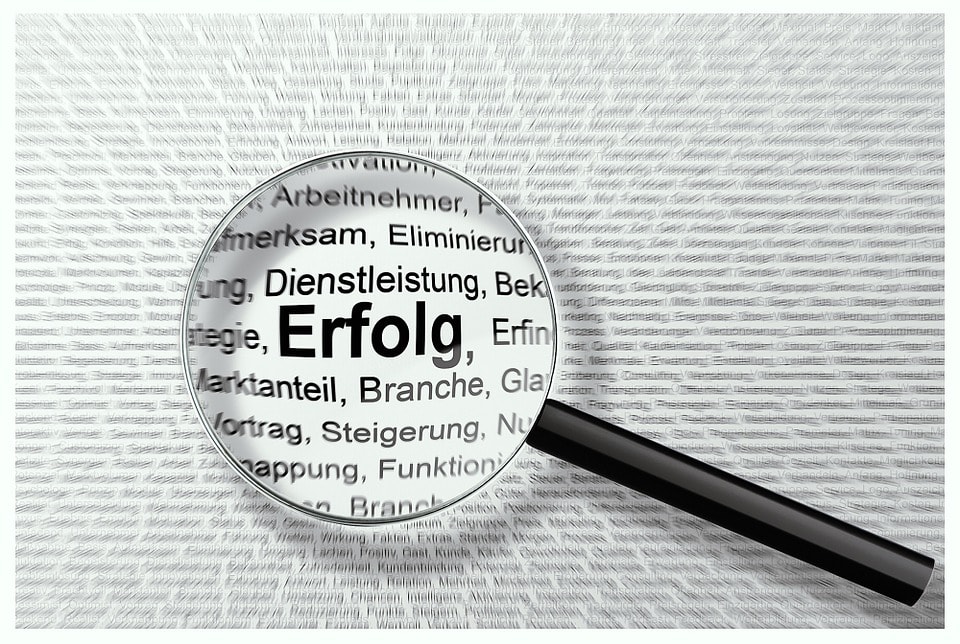Essential Guide to Academic Translation for Educational Institutions [2024]

In an increasingly diverse and global world, the demand for comprehensive and high-quality academic translation is more critical than ever for educational institutions. From facilitating access to international research to enhancing communication with non-English-speaking students and families, the role of academic translation in education cannot be overstated.
Academic translation plays a crucial role in enhancing access to learning, from K-12 schools to higher education, ensuring that no student is left behind due to language barriers.
What You’ll Learn
Through this article, we will cover the significance of school translation, education translation, and academic translation.
You’ll learn how to craft a more inclusive and interconnected academic world with effective translation. Then, we’ll review the challenges and strategies associated with translating academic content, fostering a deeper understanding of how to navigate this complex landscape effectively.
Understanding Academic Translation
What is Academic Translation?
Academic translation refers to the specialized process of converting educational materials, scholarly articles, and other academic works from one language into another, while preserving their original meaning, tone, and context.
Unlike general translation, which may involve a broader range of content types, academic translation is characterized by its focus on subjects specific to education and research. This distinction underscores the importance of subject matter expertise, as academic texts often contain complex theories, terminologies, and concepts that require precise interpretation.
The Role of Academic Translation in Education
Academic translation plays a pivotal role in higher education by making global knowledge accessible to a wider audience, thus facilitating international collaboration and research. The role of academic translation is vital on all levels of education for several key reasons:
- Enhances accessibility and inclusivity
- Improves academic performance
- Abides by compliance with legislation
- Engages parents, caretakers and families
- Empowers diverse communities
Education translation not only opens up opportunities for institutions to participate in global dialogues. Academic translation ensures that all students, including ESL students and/or their LEP caretakers, particularly in K-12 environments, are not left behind.
Academic translation offers everyone equal opportunities to engage with educational content and community communication, thereby fostering a more inclusive educational atmosphere. By properly implementing education translations, institutions can improve academic offerings and reputation.
Navigating Education Translation Challenges
Language and Cultural Nuances
Navigating the intricate landscape of education translation necessitates a keen understanding of not only the technical terms and jargon inherent in academic texts but also the cultural nuances that inform them.
Mastery in this domain involves more than literal translation; it requires the delicate art of localization, ensuring that educational content resonates with diverse audiences while maintaining its original intent and integrity.
By considering these elements, educational content becomes not just accessible but resonant with its new audience, fostering a deeper connection and understanding across cultural boundaries.
Quality and Accuracy in School Translation
In school translation, the caliber of work directly influences academic integrity. Ensuring the quality and accuracy of translations within the academic realm is paramount, directly influencing the integrity of educational content.
High-quality translations uphold the academic standards by conveying original ideas and findings without distortion. Strategies to maintain this accuracy include:
- Bilingual Administrators – Employing bilingual administrators who possess expertise in both the source and target languages, as well as in the relevant academic disciplines.
- Peer reviews – Incorporating a rigorous review process, involving multiple checks by subject matter experts.
- Incorporating technology – Use tools and processes to check, edit, and improve content accuracy. These tools help identify gaps and opportunities to improve.
These factors are essential to eliminate errors and ensure that the translated content faithfully represents the original material. Again, high-quality translations ensure that educational content remains faithful to its source, thus upholding scholarly standards.
Balancing the Workload of Academic Translators
Tapping into the skills of bilingual employees for translation tasks requires a delicate balance. While leveraging in-house talents can be cost-effective, it’s crucial to recognize that these individuals already have primary roles that demand their focus.
Utilizing bilingual internal employees for translation tasks presents a dual challenge: managing their primary job responsibilities alongside translation duties, and ensuring they possess adequate proficiency in both the language and subject matter.
To assist bilingual employees, implement tools and processes to ease the load and to improve any accuracy and identify gaps.
Academic Document Translation
K-12 School Document Translation
The landscape of K-12 document translation involves more than linguistic skill—it demands a keen awareness of legal mandates and cultural sensibilities.
Essential documents, such as parent notifications, Individualized Education Programs (IEPs), and other vital communications, must be accurately translated to foster inclusivity and ensure that all students and their families have equitable access to educational opportunities.
This practice not only adheres to legal requirements in states like California but also reinforces a commitment to inclusivity, ensuring a multilingual educational environment.
University Communication Translation
Universities have their own nuances when it comes to translation. Transcreation of university marketing materials for international student outreach requires an understanding of target cultures to effectively resonate with diverse audiences.
For university websites and course catalogs, it is vital to maintain accuracy while ensuring the content is engaging and informative across languages. Utilizing skilled translators and tools that are adept at cultural nuances can significantly enhance the global appeal of an institution, making it more accessible and inviting to prospective international students.
Academic Journals and Papers Translation
Translating academic journals and papers is fundamental for sharing research findings across the globe, thereby enriching the international academic community. This process, however, is fraught with challenges, including the precise translation of specialized terminology and the preservation of the original study’s nuances.
To ensure academic publication translation is performed effectively, here are 3 key challenges to resolve:
- Cultural differences: Involve engaging in-country translators with an understanding of local cultural nuances to maintain relevance
- Complex terminology: Find translators who not only have linguistic expertise but also are subject matter experts. Use tools to fine-tune for relevance and accuracy.
- Innovations within different paradigms: Align existing educational standards while ensuring clarity and simplicity. Reference similar research works to convey complex ideas effectively.
Transcript and Diploma Translation
Transcript and diploma translations are vital in ensuring international students’ academic credentials are accurately recognized across borders. Standardization in this area facilitates a smooth transition for students pursuing education or careers internationally.
Certified translations can play a crucial role, providing official verification that documents reflect the true academic achievements of students without a secondary document, which is essential for enrollment, transfer, or employment processes globally.
Implementing Effective Academic Translation Strategies
Building a Multilingual Education Environment
Integrating academic translation into curriculum development ensures that multilingual education isn’t an afterthought but a foundational component of educational materials and resources.
By leveraging cutting-edge tools and resources, educators and students can navigate multilingual content more effectively. Implementing a robust academic translation strategy enhances learning outcomes and ensures all students have equitable access to quality education, irrespective of their linguistic background.
Collaboration and Professional Support
Achieving excellence in academic translation necessitates a harmonious blend of internal support and professional services. Leveraging the specialized skills of the best academic translation services ensures high-quality outcomes, while training internal staff enhances day-to-day document translation capabilities.
Collaborative platforms bridge the gap between these resources, providing a shared space for continuous improvement and knowledge exchange. This dual approach not only streamlines the translation process but also fosters a culture of collaboration and learning within educational institutions, ultimately elevating the quality and efficiency of academic translations.
Embracing Technology
With academic translation, leveraging technology offers a transformative approach. Translation software for schools is at the forefront of this shift, providing an array of benefits from enhancing efficiency to ensuring consistency across translations.
Many tools are tailored specifically to meet the educational needs. They are designed to support the nuanced demands of school translation, streamlining processes and reducing the margin for error.
For educational institutions seeking to elevate their academic translation capabilities, investing in sophisticated translation software tailored for the educational sector is a strategic move. This adoption not only optimizes the translation workflow but opens up more opportunities for students and their success at the institution.

Get Started with Pairaphrase
Want the best translation software for academic translation? Try Pairaphrase.
Pairaphrase is the AI-powered translation management system for educational institutions who value faster, safer and smarter translations. Many administrators like you already use Pairaphrase to reduce costs and hours worked on translations.

Schedule a Demo or share this article with a colleague.

How to Translate a Google Doc Most Efficiently [2025]
Want to translate Google Doc text? Learn why you should use Pairaphrase as your Google Docs translator.

How to Translate an Entire Google Slides Presentation [2025]
Want to translate Google Slides presentation text, notes & charts? Learn why you should use Pairaphrase as your Google Slides translator.

PDF Translation Problems & Solutions: Troubleshooting Guide [2024]
Learn common issues involved with translating PDF documents and discover why Pairaphrase is the best PDF document translator.

Most Accurate Translator Tool: What to Look for [2024]
While a 100% accurate translator does not yet exist, this post will tell you how to get the most accurate translator tailored to your company’s words and phrases.
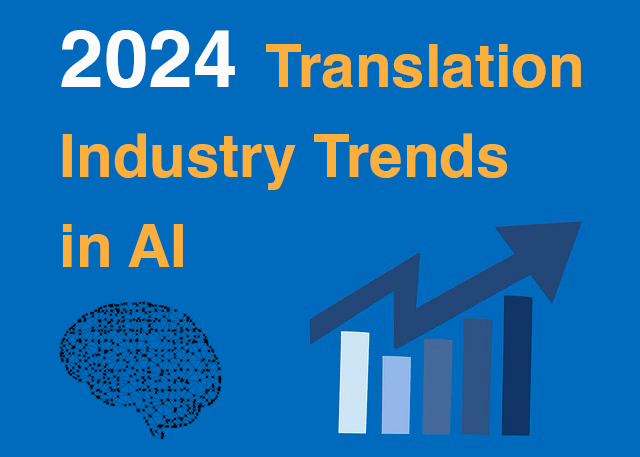
11 AI Translation Industry Trends in 2024
Explore 2024 translation industry trends! Learn about 10 AI translation industry trends 2024 will bring, according to our predictions.

How to Translate JSON Files Online Effectively [2024]
Want to translate JSON files? Learn why Pairaphrase is the best way to auto-translate JSON files online.

How to Translate HTML Files to Another Language [2024]
Want to translate HTML files to another language? Learn why Pairaphrase is the best way to translate HTML files.

How to Translate PO Files Online [2024]
Need to translate PO files online? Learn why Pairaphrase is the best way to translate PO files.
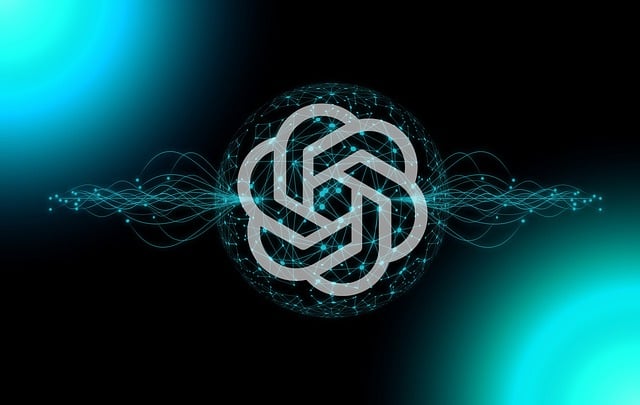
OpenAI Language Translation: Pros & Cons for Enterprises
Exploring OpenAI language translation capabilities? In this article, discover the pros & cons of OpenAI translation for enterprise use.

File Translation 101: Your Guide to the Basics
Learn all about file translation in this 2023 guide to gain an understanding of the different kinds of file translation services & formats.

Best Way to Translate Elucidat Course Content
Learn how Pairaphrase makes Elucidat course translation reusable, secure, fast and easy.
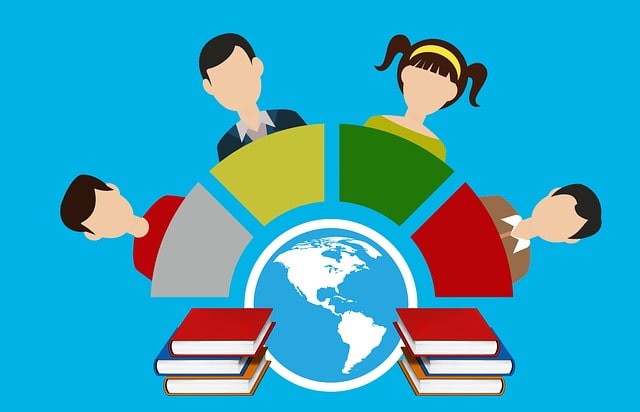
5 Tips for eLearning Localization in 2024
Need to localize eLearning content? Familiarize yourself with these 5 eLearning localization tips for effective multilingual training.

How to Translate a Text File Online [2024]
Want to translate a text file? Learn why Pairaphrase is the best way to translate a text file for your organization.

Best DocTranslator Alternative (2024)
Want a secure enterprise alternative to DocTranslator? Learn why Pairaphrase is the best DocTranslator alternative for enterprises here »

Top 8 Translation Industry Trends (2023 Outlook)
Explore 2023 translation industry trends! Learn about 8 translation industry trends 2023 will bring, according to our predictions »

Best English to Polish Document Translation Software [2024]
Looking for English to Polish translation software, but not sure what features you need? Access this buying guide.

Translation Services 101: Your Guide to the Basics
Need translation services? First, learn the basics! This way, you can make an informed decision. Explore this guide to translation services.

Best Redokun Alternative for Enterprises (2024)
Want a secure enterprise alternative to Redokun? Learn why Pairaphrase is the best Redokun alternative for enterprises here »

Localization 101: Your Guide to the Basics
Curious about localization? Learn about localization vs translation, what it is, how it works, benefits & more in this guide to the basics!

Best Memsource Alternative for Enterprises (2024)
Want a secure enterprise alternative to Memsource? Learn why Pairaphrase is the best Memsource alternative for enterprises here »

How to Translate Entire Google Sheets (All Cells) [2025]
Want to translate entire Google Sheets? Learn why you should use Pairaphrase as your Google Sheets translator.

Fast Turnaround Translation: How to Get it
While fast translation turnaround and linguistic quality is a delicate balance, this post will tell you how to best use Pairaphrase to get fast translations.

Best English to Arabic Document Translation Software (2024)
Looking for English to Arabic translation software, but not sure what features you need? Access this buying guide.

Best OnlineDocTranslator.com Alternative (2024)
Considering an alternative to OnlineDocTranslator.com? Explore why Pairaphrase is the best OnlineDocTranslator.com alternative for enterprises.

How to Translate an IEP Document [2024]
Need to translate an IEP document? Learn how to translate IEP documents in the most efficient and secure way possible.
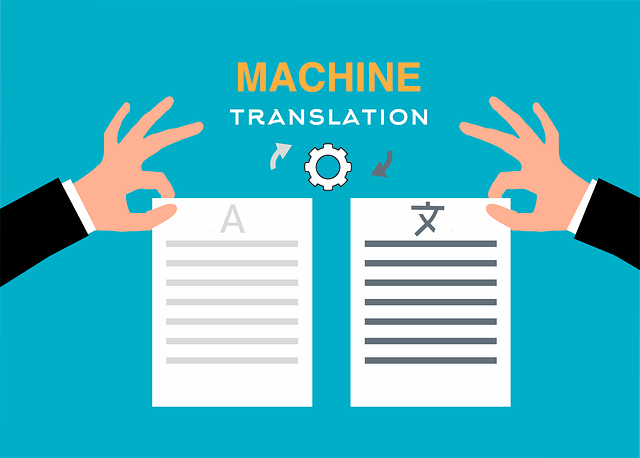
Machine Translation (MT): Your Guide to the Basics [2024]
Curious about Machine Translation (MT)? Learn about machine translation, how it works, benefits of machine translation & more.
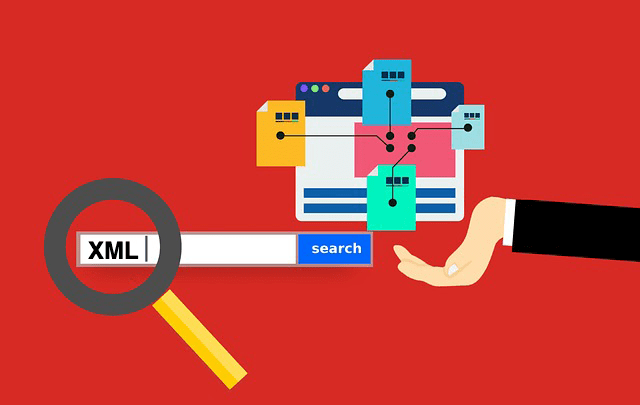
How to Translate XML Files Online (2024)
Need to translate XML files online? Learn about the best features to use when translating XML files.

Best English to Italian Document Translation Software (2024)
Want the best English to Italian document translation software for business? Read about the 10 best English-Italian translator app features.

Terminology Management in Translation: Essential Guide [2024]
Learn all about terminology management in this comprehensive guide.

Smartling Alternative for Enterprises in 2024
Want a Smartling alternative? Explore 10 possible reasons you need one, and why Pairaphrase might be your best alternative.

How to Translate XLIFF Files Online Successfully (2025)
Need to translate XLIFF files online? Learn why Pairaphrase is the best way to translate an XLIFF file.

Best Japanese to English Document Translation Software (2024)
Looking for Japanese to English translation software, but not sure what features you need? Access this buying guide.

How to Translate SRT Files Effectively [2024]
Learn how to translate SRT files in 2022! Explore the reasons Pairaphrase is the best way to translate an SRT file effectively.

Best English to Japanese Document Translation Software (2024)
Looking for English to Japanese translation software, but not sure what features you need? Access this buying guide.

Brochure Translation Software Features to Look for
Need brochure translation? Look for these 10 top brochure translator features (before you buy).

Best Way to Translate Articulate Course Files
Need to translate Articulate course files? Learn why Pairaphrase is the best way to translate Articulate files (XLIFF 2.0).

Best Way to Translate Multiple Files Simultaneously Online [2024]
Need to translate multiple files simultaneously online? Learn why Pairaphrase is best for batch translation.

Using Pairaphrase Translation Software with Amazon Translate
Curious about translating with Amazon Translate (AWS)? Learn about using Amazon’s machine translation engine with Pairaphrase.

Best English to Hindi Document Translation Software (2024)
Looking for English to Hindi translation software, but not sure what features you need? Access this buying guide.

How to Translate Large Files with Ease [2024]
Need to translate large files? Learn about the best tools to use when translating large PDF’s, documents & more (10MB+).

Catalog Translation Software Features to Look for
Need catalog translation? Look for these 10 top catalog translator features (before you buy).

Best English to Vietnamese Document Translation Software (2024)
Looking for English to Vietnamese translation software, but not sure what features you need? Access this buying guide.

How to Create Effective Termbase Glossaries for Machine Translation
Need to create a termbase glossary? Get our top 5 tips for creating effective termbase glossaries for machine translation.

Best English to Korean Document Translation Software (2024)
Looking for English to Korean translation software, but not sure what features you need? Access this buying guide.

Best DeepL Alternative for Enterprise Teams (2024)
Explore various DeepL drawbacks and user-specific needs you might identify with. This way, you can conclude whether alternatives to DeepL could fill these gaps.
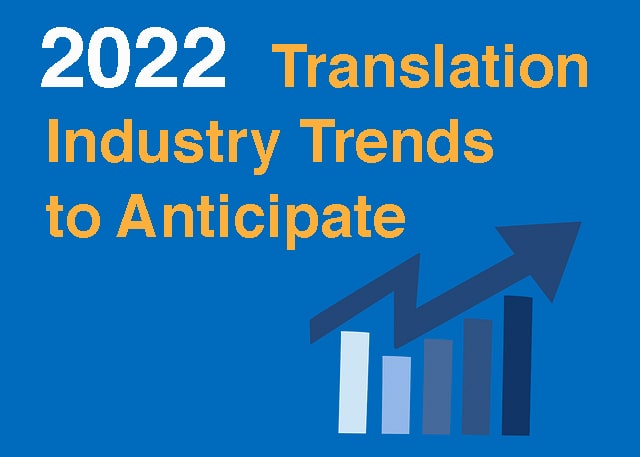
Top 10 Translation Industry Trends in 2022
Explore 2022 translation industry trends! Learn about 10 translation industry trends 2022 will bring, according to our predictions »

Secure Transcription Software That Translates Languages
Need secure transcription software that translates languages? Learn what features to look for and how Pairaphrase will benefit you.

Best English to Portuguese Document Translation Software (2024)
Looking for English to Portuguese translation software, but not sure what features you need? Access this buying guide.

Translation KPIs for Translation Management Success
Establishing translation KPIs (Key Performance Indicators)? Here are the 5 Most Important KPIs for translation management success.

